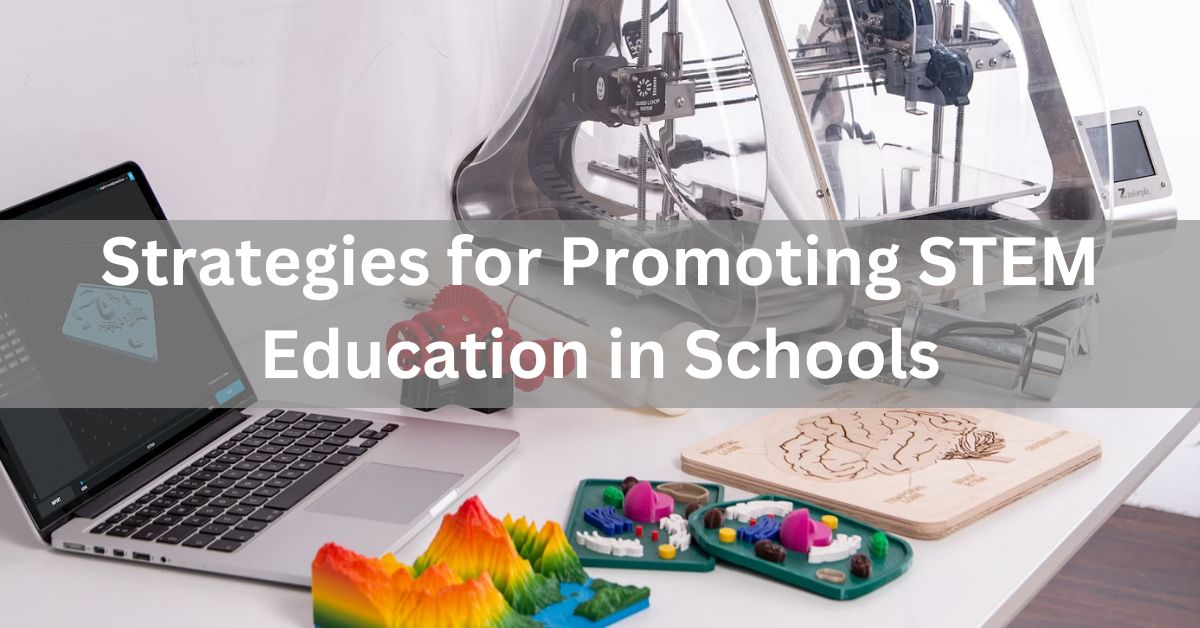In the rapidly evolving landscape of education, promoting STEM (Science, Technology, Engineering, and Mathematics) education in schools has become paramount. As the world becomes increasingly reliant on technology and innovation, cultivating a strong foundation in STEM fields is essential for preparing students to thrive in the modern workforce.
In this article, we will delve into effective strategies for promoting STEM education in schools, equipping educators and administrators with the tools necessary to foster a culture of innovation and excellence.
Fostering Curiosity and Inquiry-Based Learning
One of the most effective ways to promote STEM education is by fostering curiosity and encouraging inquiry-based learning. By creating an environment where students are encouraged to ask questions, explore concepts, and seek answers through experimentation and critical thinking, educators can instill a lifelong love of learning.
Hands-on activities, experiments, and projects allow students to engage with STEM concepts in a meaningful way, making learning both enjoyable and memorable.
Integrating Technology into the Curriculum
In today’s digital age, technology plays a central role in nearly every aspect of society. Integrating technology into the curriculum not only enhances the learning experience but also prepares students for the digital workforce of the future.
Utilizing tools such as interactive whiteboards, educational software, coding platforms, and online resources can help make STEM subjects more accessible and engaging for students of all ages.
Promoting Collaboration and Teamwork
STEM education is not just about mastering technical skills; it’s also about developing the ability to collaborate effectively with others. By promoting collaboration and teamwork, educators can help students learn how to communicate ideas, solve problems, and work together towards common goals.
Group projects, team-based activities, and peer-to-peer learning opportunities provide students with valuable real-world experiences that prepare them for success in their future careers.
Providing Professional Development for Educators
Effective STEM education requires knowledgeable and skilled educators who are equipped to teach complex concepts and inspire students to pursue careers in STEM fields. Providing ongoing professional development opportunities for educators ensures that they stay up-to-date with the latest advancements in their respective fields and have access to best practices in STEM education.
Workshops, seminars, conferences, and online courses, like those provided by platforms like Cognia Professional Learning Communities in Education, offer educators valuable opportunities to refine their teaching skills. These programs integrate innovative methods and foster a dynamic learning environment that encourages student engagement and success in STEM disciplines.
Engaging with Industry Partnerships
Collaborating with industry partners can provide invaluable resources and opportunities for students to gain real-world experience and insight into STEM careers. Establishing partnerships with local businesses, research institutions, and technology companies allows schools to offer internships, mentorship programs, and guest lectures, exposing students to a wide range of career paths and networking opportunities.
Encouraging Diversity and Inclusivity
Diversity and inclusivity are essential components of a thriving STEM community. By creating an inclusive environment where students from all backgrounds feel valued and supported, educators can help bridge the gender and racial gaps in STEM fields.
Outreach programs, scholarships, and mentoring initiatives aimed at underrepresented groups can help promote diversity and ensure that all students have equal access to opportunities in STEM education and careers.
Conclusion
Promoting STEM education in schools is crucial for preparing students to succeed in the 21st-century workforce. By fostering curiosity, integrating technology, promoting collaboration, providing professional development for educators, engaging with industry partnerships, and encouraging diversity and inclusivity, schools can create a vibrant STEM learning environment that empowers students to excel in their academic pursuits and future careers.
